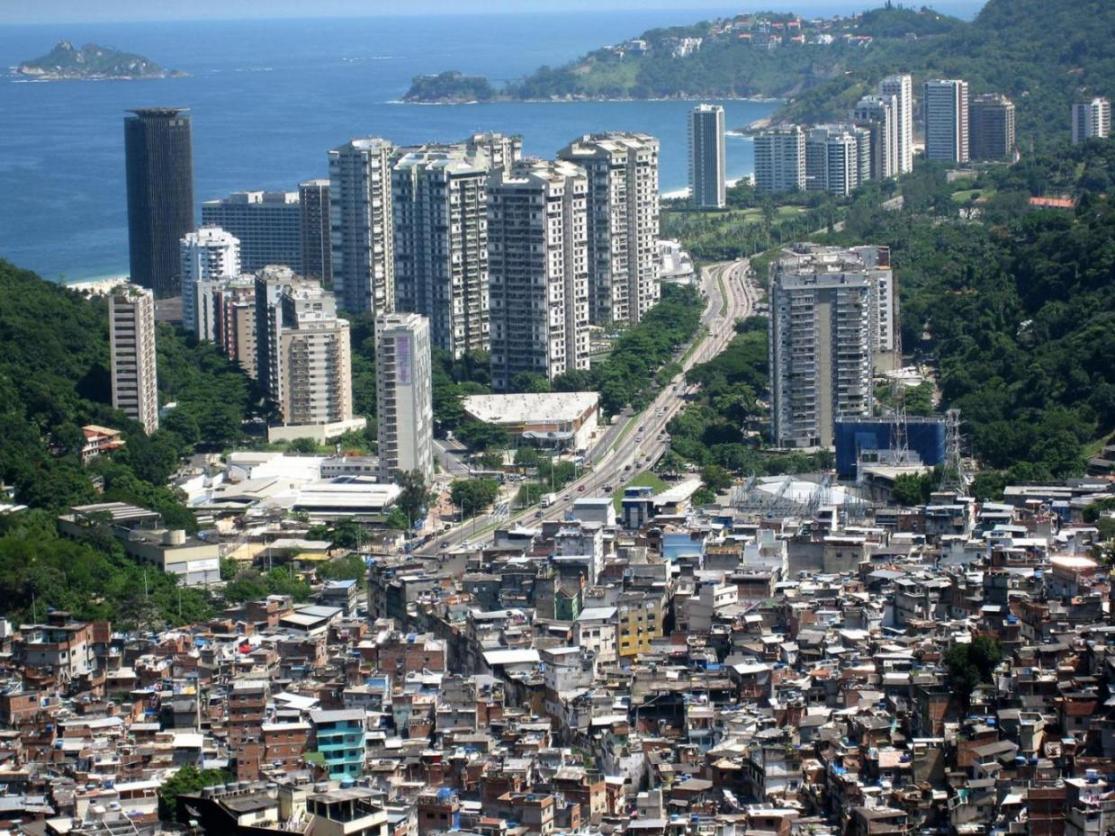Francisco Xavier emerges from a payday loan shop, his brow more furrowed with worry than when he entered. His loan request was denied, and he has no idea how he is going to pay out-of-control bills, including credit card payments that gobble up nearly half his monthly income.
Xavier, a taxi driver, is among the rapidly burgeoning ranks of “super debtors”, people who rose into the middle class during Brazil’s nearly decade-long boom, but now find themselves drowning in debt as Latin America’s largest economy stalls, causing inflation to heat up and unemployment to rise, AP reported.
Brazil’s top credit information bureaus estimate that as of April, more than 55 million Brazilians were behind on paying off credit cards or loans. That’s 37 percent of the adult population in a country of about 200 million people, and the numbers are rising. According to the SPC credit information bureau, the lists have grown by an estimated 700,000 people since January, when the top credit bureaus began working together on combined lists for the first time.
Soraia Panella, coordinator of customer service at Rio de Janeiro’s Procon consumer protection agency, said, she routinely sees people living so close to the edge financially, that any sudden misfortune can plunge them into a hole from which it’s nearly impossible to climb out.
“The majority of people who come here break down in tears and cry and cry. They’re ashamed and feel they have no way out,” said Panella, whose team helps about 450 debtors consolidate their payments every day. “I think it’s going to get much worse than it already is.”
Economy Retreating
After peaking at 7.5 percent annual growth in 2010, Brazil’s economy has steadily retreated. And this year, it contracted 0.2 percent in the first quarter and is forecast to fall more than one percent for the full year.
The boom was fueled partly by China’s hunger for Brazilian commodities, such as iron ore and soy. But the left-leaning governments of President Dilma Rousseff and especially her predecessor, Luiz Inacio Lula da Silva, also relied heavily on consumers for growth for about a decade. Among other things, the government used tax breaks to encourage car sales, ended a tax on big-ticket household goods, slashed interest rates and gave incentives to banks to expand credit for lower-middle class Brazilians.
Domestic consumption, which in 2004 accounted for 53 percent of Brazil’s GDP, rose to 63 percent of the total in 2014. Consumers newly armed with credit cards and tax-break incentives, snapped up flat-screen TVs, refrigerators, motor scooters and compact cars.
Hoodwinked
With access to easy credit and a tradition of paying for small-ticket items like tennis shoes or even groceries over several monthly installments, Brazilian consumers racked up such large bills that nearly 30 percent of disposable income now goes to servicing debt, the central bank says.
That debt threatens to push some of the new middle class back into the ranks of the poor. The government’s Agencia Brasil news agency reported late last year that the number of people in extreme poverty rose in 2013 for the first time in a decade, increasing 3.5 percent over the previous year. Figures for 2014 are not yet available.
Much of the problem, analysts say, lies in credit cards, which have been aggressively marketed to lower-income consumers.
Interest rates on Brazilian credit cards are astronomical, averaging around 200 percent a year, compared to about 12 percent in the US. Banks say the high rates are justified because they lack data on individuals’ credit ratings, while critics contend banks are simply gouging customers. Whatever the cause, it means that one late payment can easily snowball into a giant debt. Years of hyperinflation in the early 1990s habituated Brazilians to spend immediately lest they see the value of their money shrink overnight.


